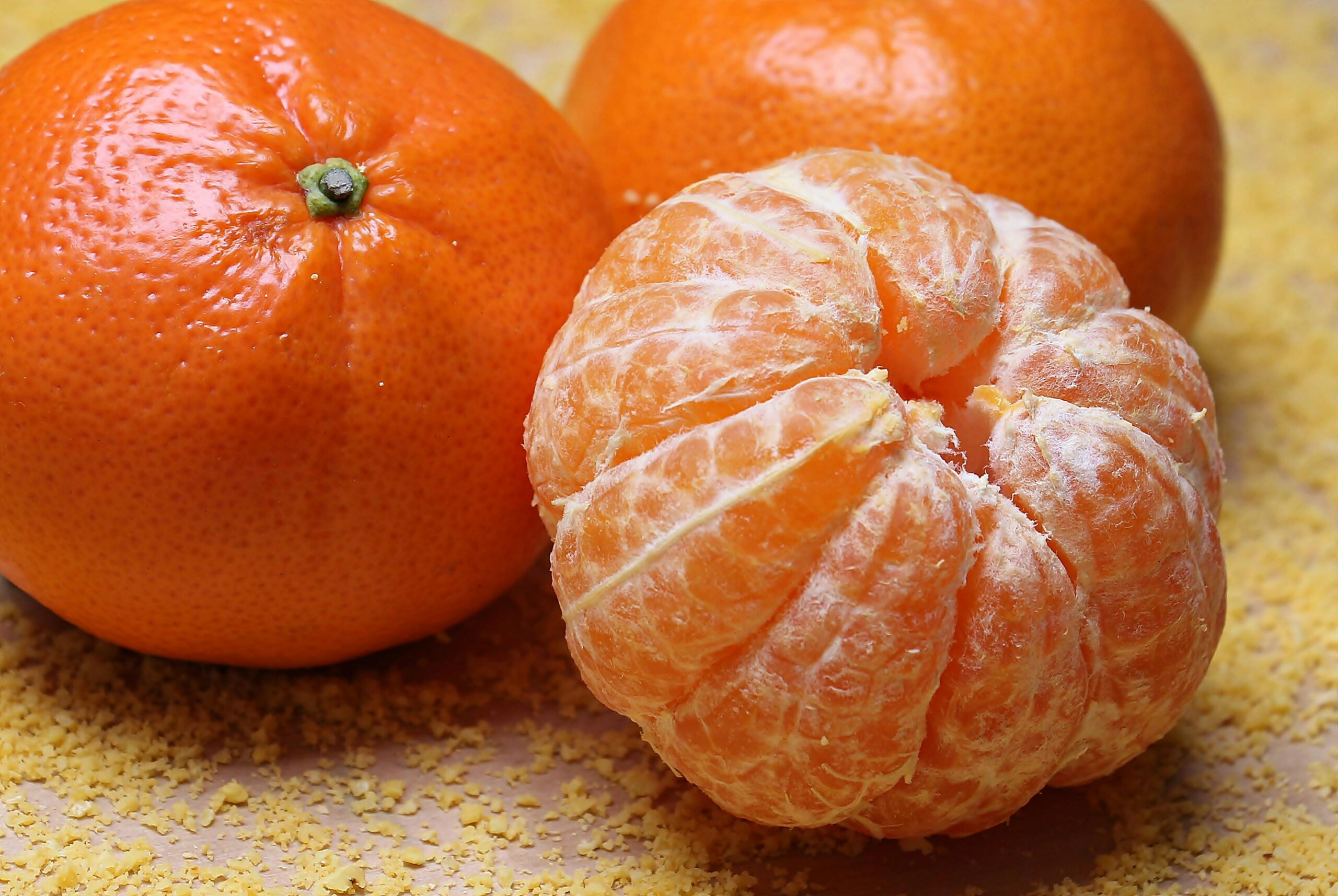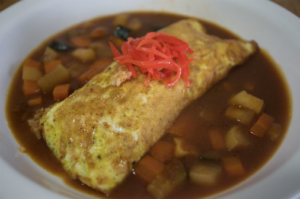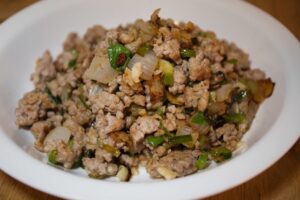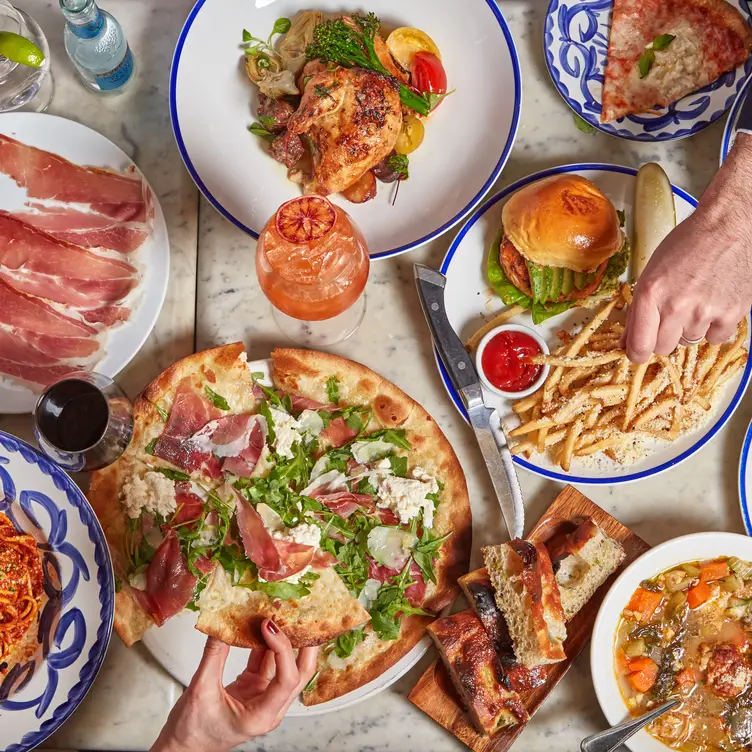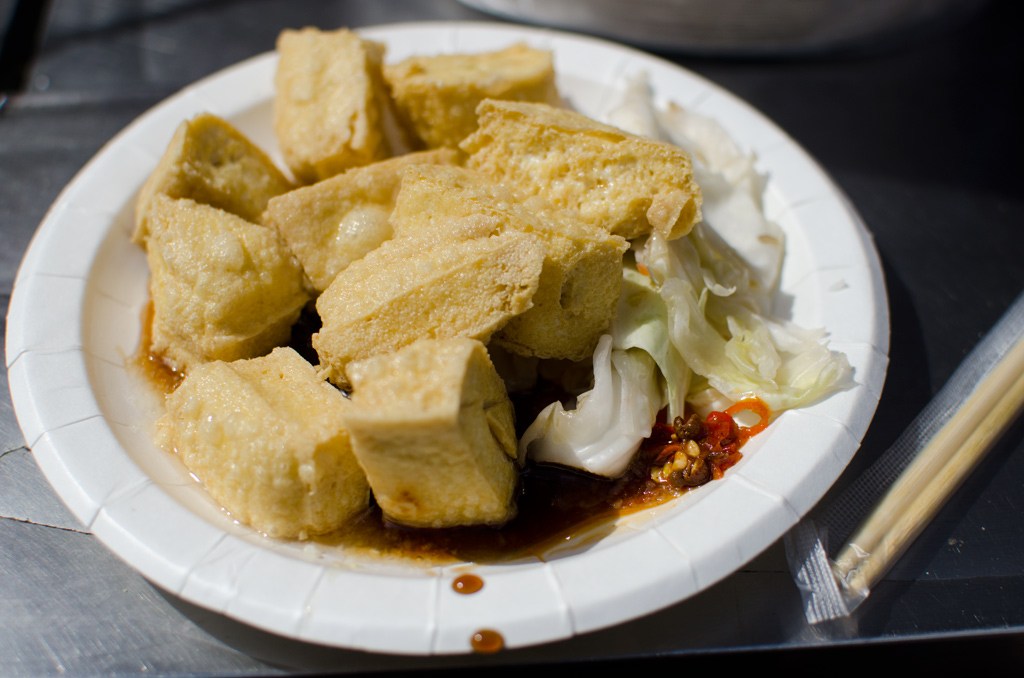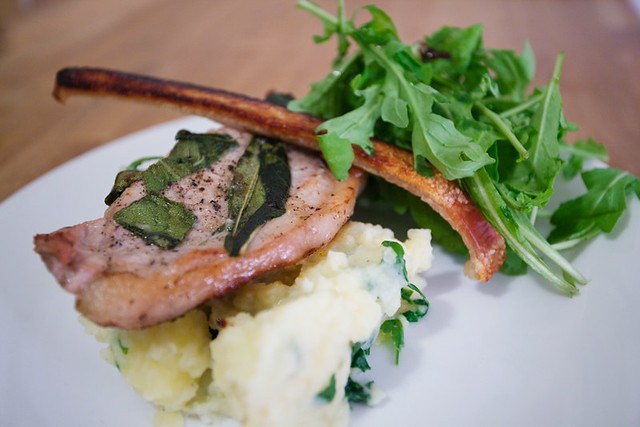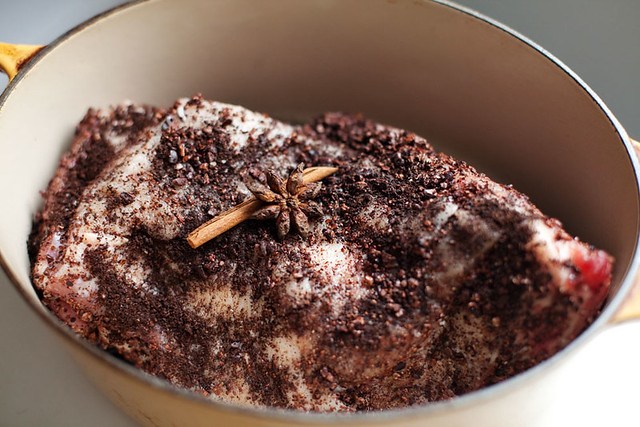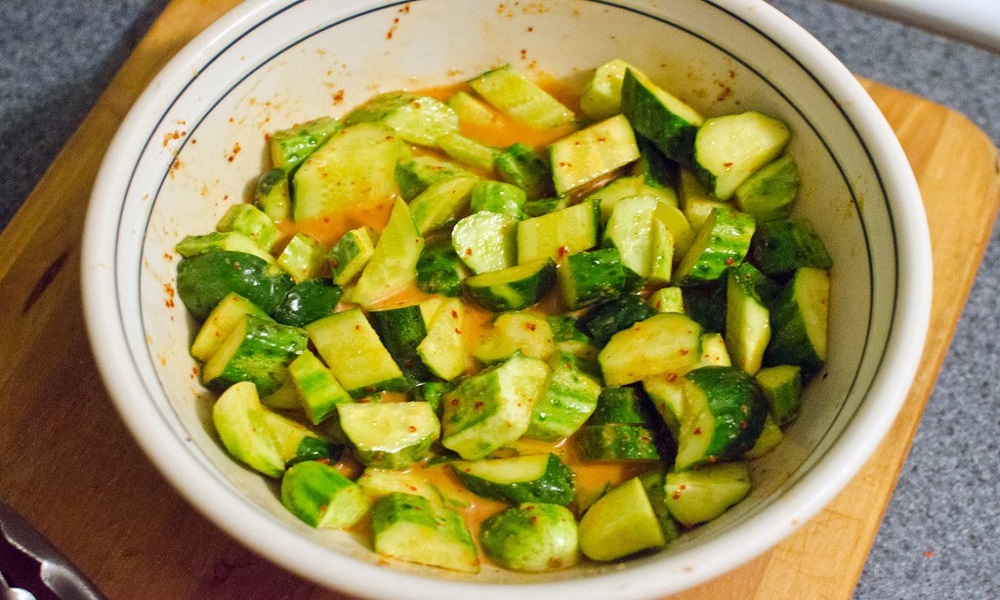That orange-flavored candy tastes nothing like biting into a fresh orange, yet somehow captures the essence perfectly—a culinary sleight of hand that reveals the fascinating deception lurking behind our favorite foods.
The truth about flavors reads like a chemistry noir: complex, layered, and not quite what the packaging promises. Most of us can’t help feeling this way when we come across those words on food products. Natural sounds are so wholesome and right. Artificial? Well, for starters, it has the word “artifice”—and all its implied deception and trickery—practically built right into it.
The FDA’s definition of “natural” flavor sounds reassuring on paper—derived from a “spice, fruit or fruit juice, vegetable or vegetable juice, edible yeast, herb, bark, bud, root, leaf or similar plant material, meat, seafood, poultry, eggs, dairy products, or fermentation products thereof.”
Yet this bureaucratic poetry masks a more complex reality. Natural vanilla flavoring might include castoreum, a beaver gland secretion that tastes remarkably like vanilla. McDonald’s “natural beef flavor” comes from wheat and milk. These aren’t marketing mistakes—they’re the industry norm.
The molecular truth is even more unsettling. On a scientific level, an artificially-made flavor compound is indistinguishable from the same compound derived from a natural source.
As Gertrude Stein might have said, vanillin is vanillin is vanillin. Whether extracted from vanilla beans or synthesized in a laboratory, the vanillin molecule remains identical to its atomic structure. If you’ve ever added vanilla extract while making cookies, you’ve experienced this molecular magic firsthand, regardless of whether the flavor is labeled natural or artificial.
Both natural and artificial flavors arrive at grocery stores as complex chemical symphonies. Natural flavors can contain over 100 different compounds, including preservatives, solvents, and carriers that make up 80 to 90 percent of the mixture. These “incidental additives” don’t appear on labels, creating transparency gaps that matter especially for people with allergies or dietary restrictions.
The flavor industry employs specialized chemists called flavorists—modern alchemists who understand taste on a molecular level. They might use African violet leaves to enhance watermelon flavoring or extract grapefruit compounds to create artificial passionfruit. This molecular artistry explains why creating authentic passionfruit flavor from actual passionfruit would be economically impossible at scale.
The real plot twist? Artificial flavors sometimes offer more consistency and sustainability than their natural counterparts. Natural flavor extraction can be resource-intensive and variable, depending on crop quality and harvest conditions. Synthetic alternatives often provide the same sensory experience with greater reliability and sometimes lower environmental impact.
For diners seeking transparency, the most honest flavors still come from whole ingredients in their kitchens. A basic tomato sauce, made simply from tomatoes, olive oil, and salt, offers a clear example—no flavorings, just the true taste of the ingredients.
That fresh orange, that real vanilla bean, that handful of herbs—these remain the most straightforward path to understanding exactly what’s flavoring the food. Everything else requires trusting an industry built on beautiful deceptions, where natural doesn’t always mean what it seems, and artificial might be more honest than expected.


